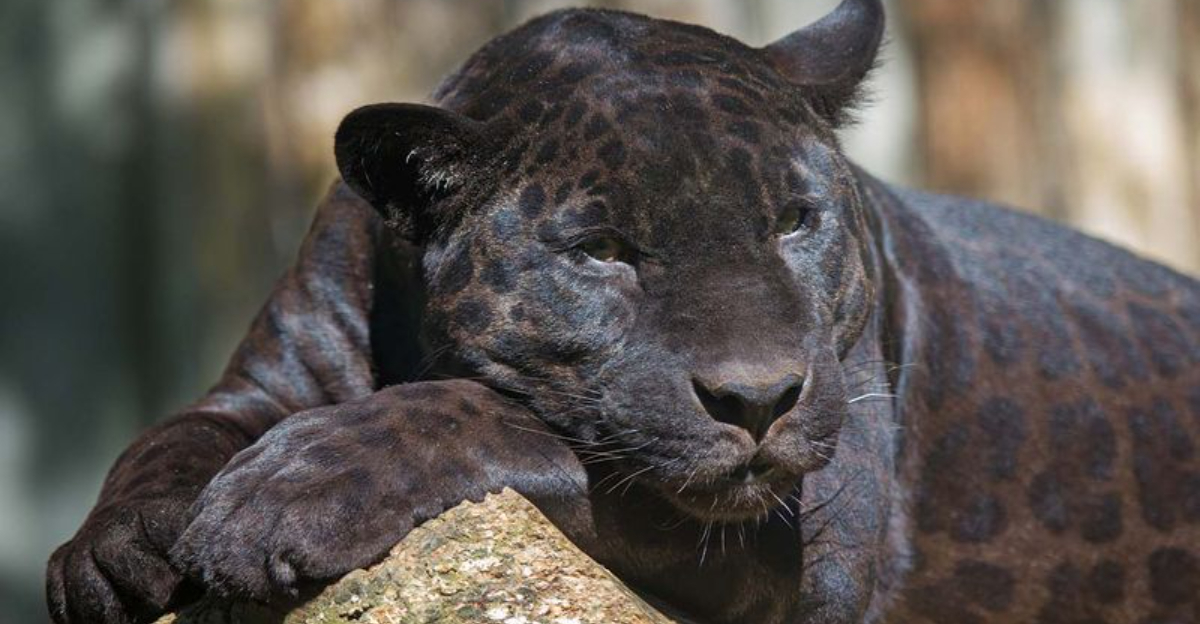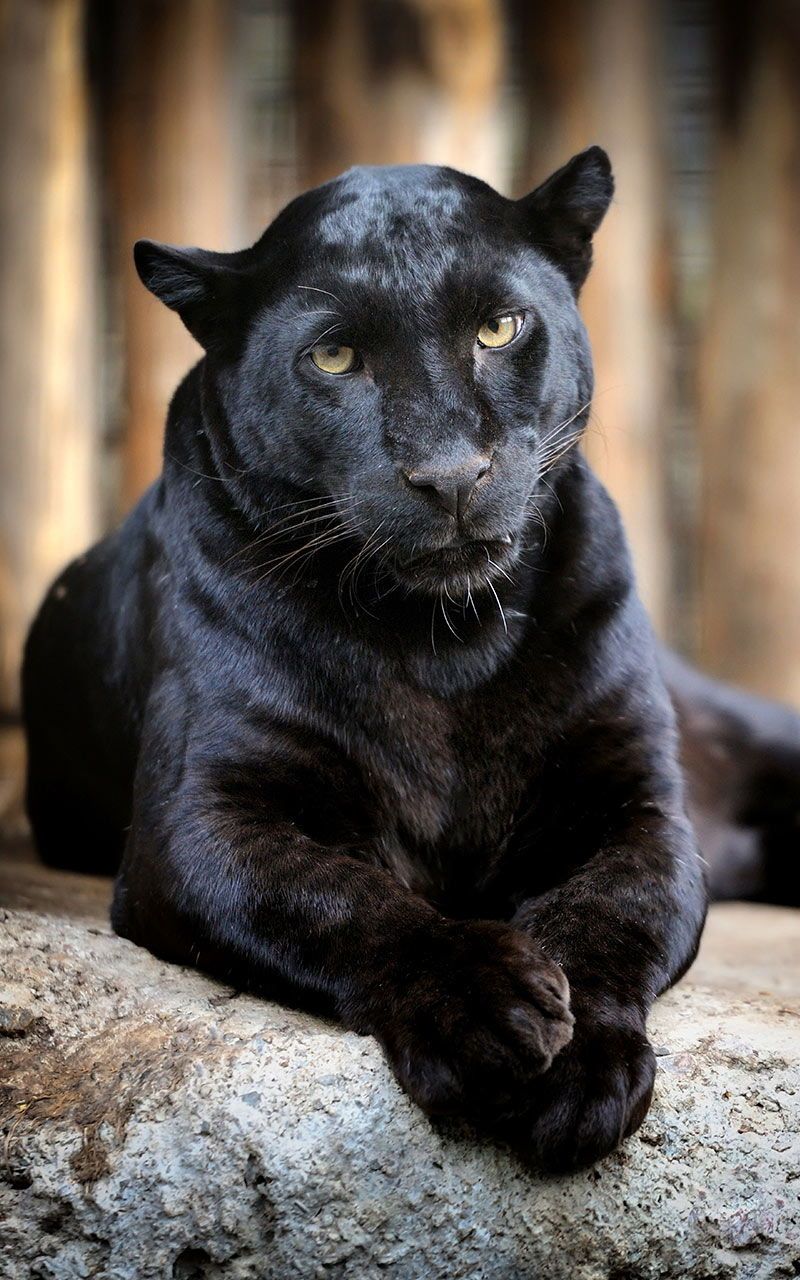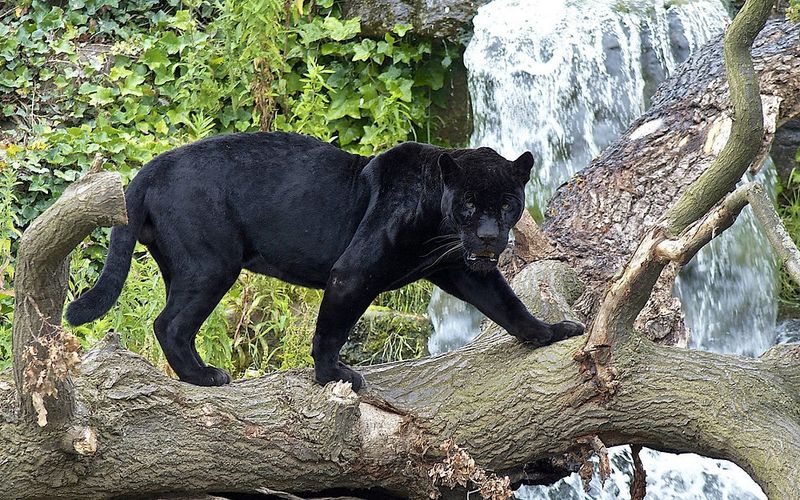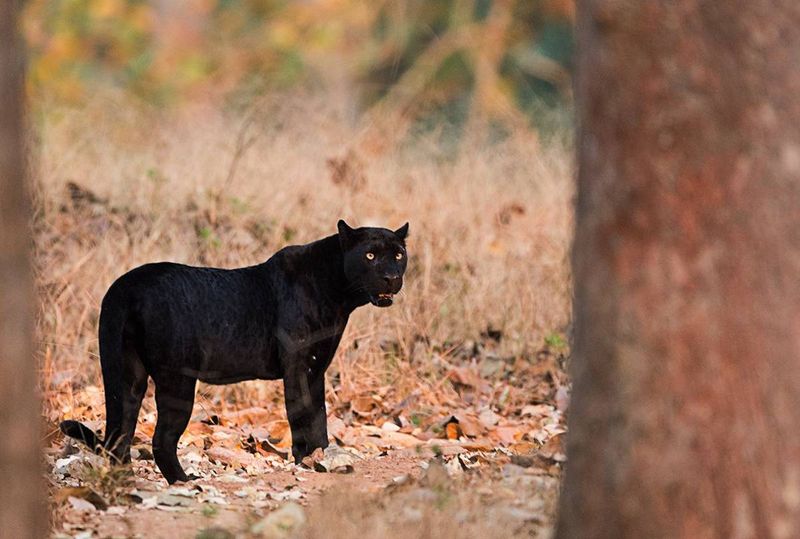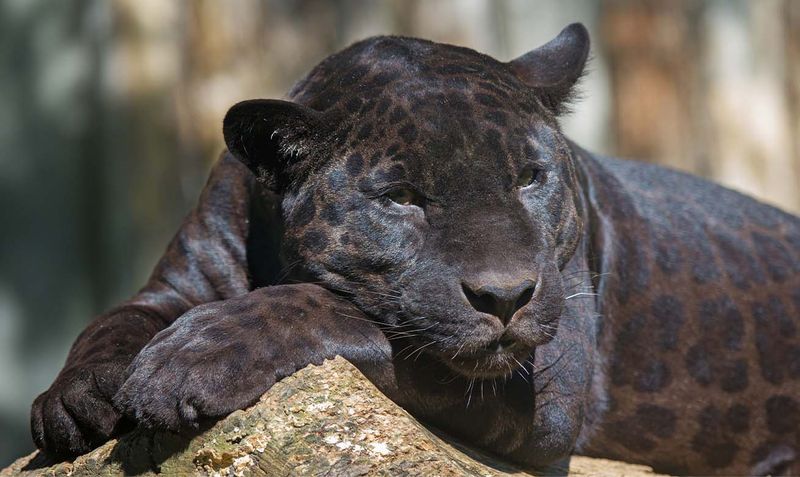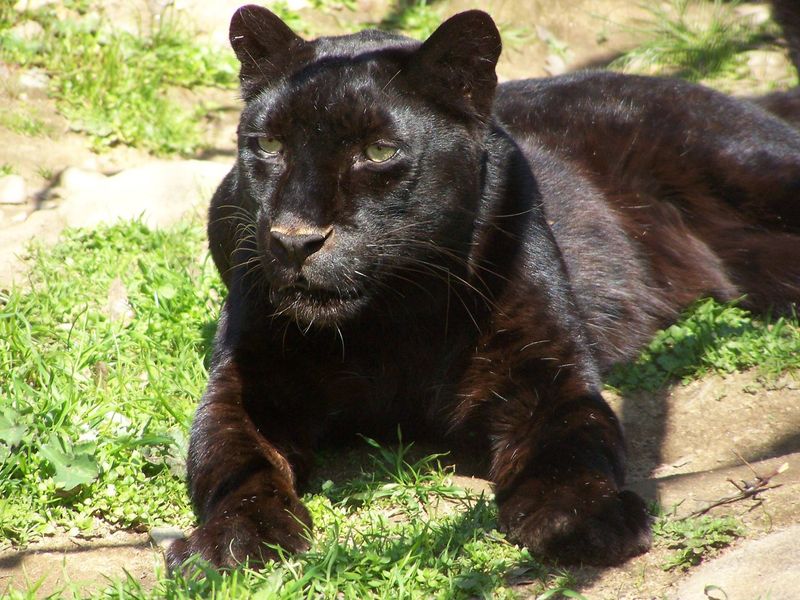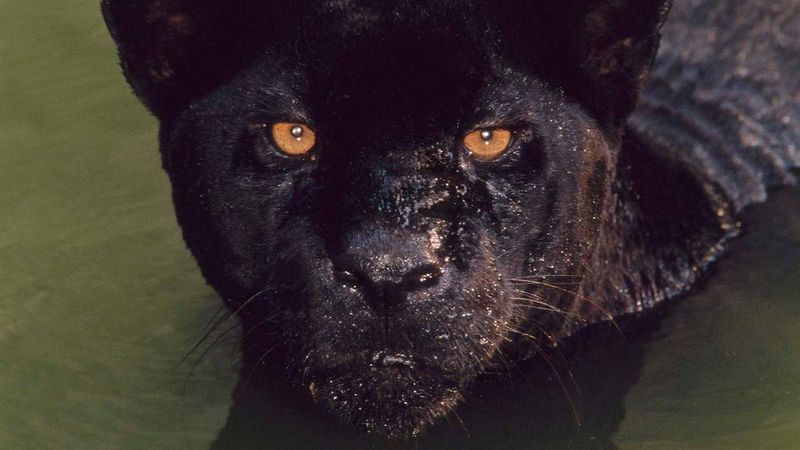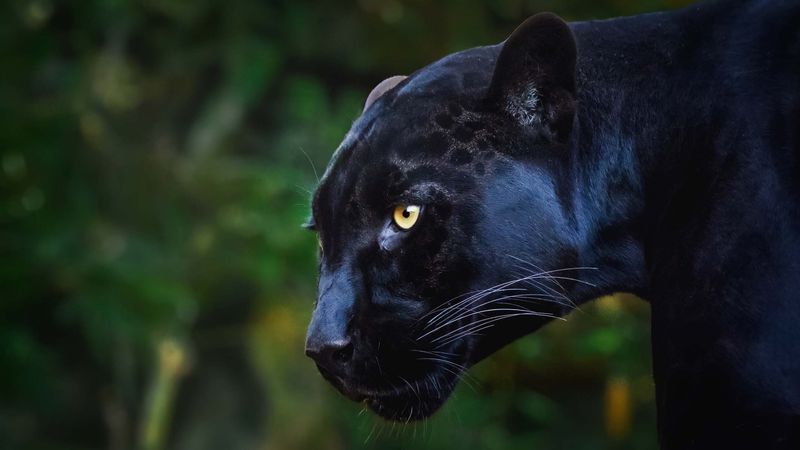📖 Table of Content:
- 1. The Name Game: What “Panther” Actually Means
- 2. Mistaken Identity: The Creatures Behind Panther Sightings
- 3. The Florida Panther: America’s Only True Panther
- 4. The Science Behind the Melanistic Mystery
- 5. Cultural Impact: Why We Want to Believe
- 6. The Camera Never Lies: Why No Clear Photos Exist
- 7. Reporting Responsibly: What to Do If You Think You’ve Seen a Panther
Tales of black panthers roaming the forests of America have fascinated people for generations. Campers have spoken of eerie glowing eyes in the night, while farmers have discovered strange tracks in the dirt. These elusive creatures appear to exist on the edge of myth, their presence both widespread and elusive.
While many believe in the existence of these mysterious cats, the reality is more complex. The term “black panther” is often used to describe different types of big cats, including melanistic leopards or jaguars, not a specific species. This confusion is compounded by numerous reports of sightings that might involve misidentified animals.
The truth behind panther sightings in the U.S. is a mix of folklore, natural curiosity, and misidentification. The lack of concrete evidence and the blending of different species have left the question of black panthers’ existence in the country open to debate. Exploring the facts reveals a fascinating intersection of myth and biology.
1. The Name Game: What “Panther” Actually Means
“Panther” isn’t actually a specific species of big cat. The term creates confusion because it’s used in different ways across regions. Most commonly, it refers to black-colored leopards in Asia and Africa or black jaguars in Central and South America.
Both leopards and jaguars can exhibit melanism—a genetic condition causing excess dark pigmentation. These melanistic cats appear almost completely black, though their signature rosette patterns remain visible in certain light.
When Americans report seeing a “black panther,” they’re describing a cat that doesn’t naturally exist in North American ecosystems. The confusion stems from our tendency to apply familiar terms to unfamiliar animals.
2. Mistaken Identity: The Creatures Behind Panther Sightings
Most reported panther encounters in the U.S. involve cases of mistaken identity. Common culprits include large domestic cats, especially black ones, seen from a distance where size perspective becomes distorted.
Bobcats, though rarely black, can appear much larger than they actually are, especially in low light or when partially obscured by vegetation. Even dark-colored dogs, particularly from certain angles, have triggered panther reports.
Wildlife officials who investigate these sightings rarely find evidence supporting the presence of actual panthers. Instead, they typically discover tracks, scat, or hair from these more common animals.
3. The Florida Panther: America’s Only True Panther
The Florida panther represents the only confirmed panther subspecies native to the United States. Despite its name, this animal isn’t black—it sports a tawny coat similar to other cougars. Critically endangered, fewer than 200 remain in the wild, primarily in southwest Florida’s swamps and forests.
These rare cats face numerous threats including habitat loss, vehicle collisions, and genetic issues from inbreeding due to their small population. Conservation efforts have helped their numbers increase from just 20-30 individuals in the 1970s.
Florida panthers require large territories—up to 200 square miles for males—making human encounters exceedingly rare even for researchers who study them.
4. The Science Behind the Melanistic Mystery
Melanism—the genetic condition creating black-colored big cats—occurs regularly in leopards and jaguars but has never been documented in native North American cat species. The mutation affects the production of pigments, causing an overproduction of dark melanin.
Among leopards in some Asian forests, up to 40% of the population can be melanistic. This coloration likely provides camouflage advantages in dense, dark forests. Scientists believe the mutation persists because it offers survival benefits in specific environments.
Despite thousands of documented cougar specimens and observations across North America, not a single scientifically verified case of a melanistic cougar exists, explaining why “black panthers” remain elusive.
5. Cultural Impact: Why We Want to Believe
Our fascination with panthers runs deep in American culture. Many Native American tribes featured panthers prominently in their mythology as powerful spiritual beings. These stories shaped early European settlers’ perceptions and fears about the wilderness.
Modern pop culture reinforces these images through sports team mascots, superhero characters, and wildlife documentaries that highlight the mystique of big cats. The elusive nature of panthers makes them perfect subjects for cryptozoology—the study of animals whose existence lacks scientific proof.
Psychologically, believing in creatures like black panthers connects us to a wilder, more mysterious natural world that many feel is disappearing from modern life.
6. The Camera Never Lies: Why No Clear Photos Exist
Despite widespread camera phone use and trail cameras monitoring wildlife across America, no verifiable photographs of black panthers in the U.S. exist. This absence of evidence speaks volumes to wildlife biologists.
When claims do emerge, the photos typically show common animals in poor lighting conditions or at misleading distances. Others reveal obvious signs of digital manipulation. The proliferation of wildlife cameras has documented numerous rare species but has failed to capture evidence of black panthers.
Professional wildlife photographers who spend decades in the field have never documented these animals, further supporting the scientific consensus that melanistic big cats don’t inhabit North American wilderness.
7. Reporting Responsibly: What to Do If You Think You’ve Seen a Panther
Encountered what you believe is a panther? Document the sighting immediately with photos, noting the time, location, and the animal’s behavior. Look for tracks or other physical evidence without disturbing the area.
Contact your state wildlife agency rather than posting unverified claims on social media. Wildlife officials can investigate properly and may collect DNA evidence if appropriate. Your report helps build scientific knowledge about local wildlife populations.
Remember that misidentifications aren’t embarrassing—they’re normal. Even experienced outdoorspeople occasionally mistake animal identities, especially in challenging viewing conditions or brief encounters. Responsible reporting advances our understanding of native wildlife.
